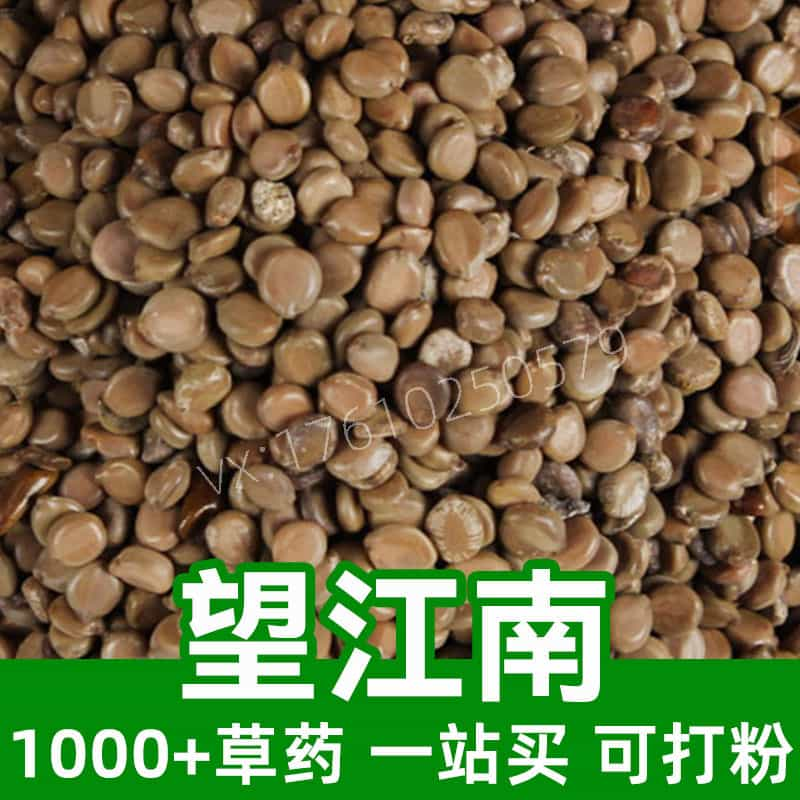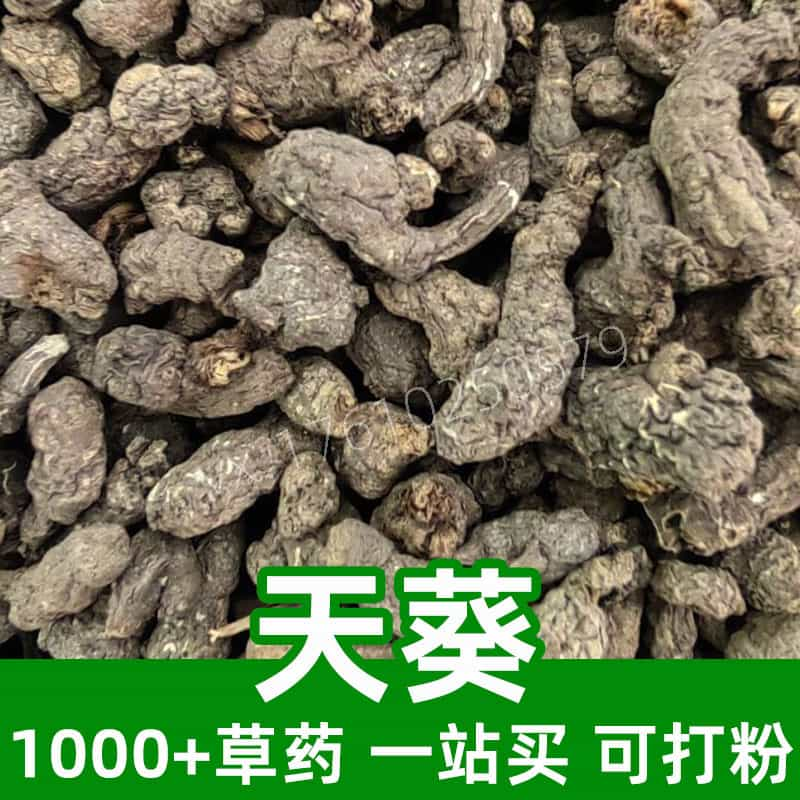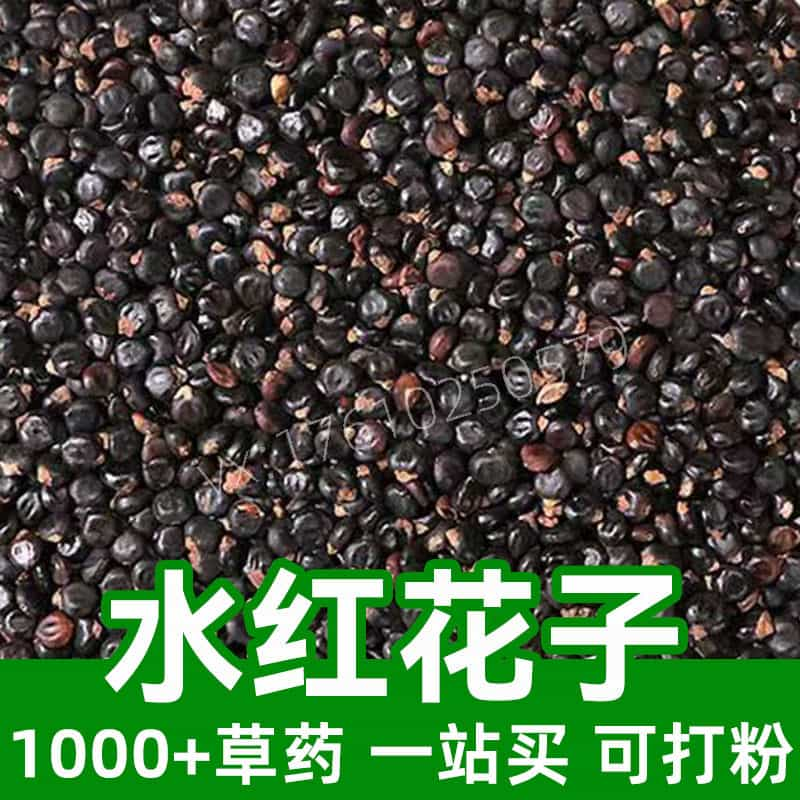Product Introduction
Amur Barberry Root, derived from the Berberis amurensis plant, is an esteemed herb in traditional Chinese medicine (TCM). Known for its vivid yellow hue, Amur Barberry Root is rich in alkaloids, the most prominent being berberine, which contributes to its many purported benefits. Originating from the cold regions of Northeast Asia, particularly along the banks of the Amur River in China, this herb is well-adapted to its environment, thriving in mountainous and wooded areas. With a history of use that spans centuries, Amur Barberry Root is typically used to support overall wellness and vitality. Its potent compounds make it highly sought after in formulations aimed at harmonizing internal functions. Practitioners recommend its use in various preparations such as decoctions, powders, and tinctures, which can easily integrate into holistic lifestyle approaches. The herb's bitter flavor is not only distinctive but also reflects its traditional applications that resonate with the principles of balance and harmony inherent in TCM.
Main Active Ingredients
The primary active components of Amur Barberry Root are berberine, an alkaloid widely recognized for its yellow pigment, as well as other notable compounds such as pseudoberberine, berbamine, and various flavonoids. Berberine is particularly renowned for its diverse biological properties and has been the subject of extensive research for its role in supporting metabolic processes, promoting gastrointestinal health, and contributing to immune system resilience.
In addition to berberine, Amur Barberry Root contains flavonoids such as quercetin, which are known for their antioxidant properties and potential role in reducing oxidative stress. The presence of organic acids in the root also adds to its bioactive profile, suggesting potential functionalities when incorporated into dietary forms.
The synergistic effect of these compounds is believed to contribute to the herb's overall impact within the body, aligning with traditional uses in promoting balance among vital organs and supporting the body’s natural processes. Understanding the chemical composition of Amur Barberry Root is essential for both practitioners and enthusiasts, promising avenues for both traditional applications and potential modern uses in wellness formulations.
Product Application Scenarios, Usage, and Dosage
In traditional Chinese medicine, Amur Barberry Root is primarily employed to balance the liver, support digestive health, and enhance overall vitality. Herbalists may integrate this root into formulas that target digestive harmony—perhaps as part of a tea or decoction that promotes liver function. Its bitter flavor is considered a valuable aspect in TCM, as bitter herbs are thought to stimulate digestion and encourage the excretion of toxins.
Commonly, Amur Barberry is used in various preparations including tinctures, capsules, and powders. For instance, a typical dosage in herbal tea would range from 3 to 9 grams of the dried root, steeped for a duration that allows full flavor extraction. When using powdered forms or tinctures, the serving may vary—often being suggested at 1 to 2 teaspoons of powder or 15 to 30 drops of tincture.
For those utilizing Amur Barberry Root for its purported health-promoting properties, it is advised to consult with a knowledgeable practitioner to determine the proper dosage and preparation method tailored to individual health goals. As with all herbal products, ensuring the quality and sourcing of Amur Barberry Root is crucial in maximizing its benefits and ensuring safety during use.
Introduction to the Source Plant, Distribution, and Growth Environment
Amur Barberry (Berberis amurensis) is a deciduous shrub that typically grows to a height of 1 to 3 meters. This plant thrives in temperate climates and is primarily distributed across Northeast China, parts of Korea, and the Russian Far East regions, indicating its adaptability to diverse environments. The ideal habitat for Amur Barberry includes well-drained soils with sufficient sunlight and tends to favor mountainous and forested areas, where it can often be found thriving among other native flora.
The plant is characterized by its leathery, elongated leaves, which present a glossy appearance, contributing to its visual appeal in the natural landscape. In addition to its aesthetic contributions, Amur Barberry plays a significant ecological role, often serving as a habitat and food source for various bird species who access its berries.
In traditional medicine, the roots are harvested during the plant's dormant season, ensuring sustainable practices that do not jeopardize the plant's health or the integrity of its ecosystem. Responsible harvesting is essential for preserving wild populations while also meeting the increasing demand for this valuable herbal ingredient in both traditional and contemporary wellness products.
Harvesting, Processing, and Storage
Harvesting Amur Barberry Root typically occurs in late autumn or early spring when the active growth of the plant has ceased. This timing allows for a higher concentration of active compounds within the roots, enhancing the herb's efficacy. Harvesters should carefully dig up the roots, ensuring minimal disturbance to the above-ground parts of the plant to aid in its recovery for future growth.
Once harvested, the roots undergo a meticulous cleaning process to remove soil and impurities. They are then sliced into smaller pieces to reduce moisture content and facilitate the drying process. Sun-drying is often the preferred method as it utilizes natural heat while preserving the delicate chemical structures of active components. However, artificial drying methods may also be employed in commercial settings to ensure consistent quality and availability.
Proper storage of dried Amur Barberry Root is critical for maintaining potency and longevity. It is recommended to store the roots in a cool, dry, and dark place, ideally in airtight containers to protect them from moisture, light, and air exposure. When stored correctly, dried Amur Barberry Root can last for several years without significant degradation of its beneficial properties.
In summary, a thorough understanding of the harvesting and processing techniques, coupled with proper storage guidelines, ensures that Amur Barberry Root retains its valuable active compounds, making it a reliable choice for herbal applications in both traditional and modern contexts.
Monica Sun is a seasoned expert in the natural raw materials industry, with over a decade of experience specializing in traditional Chinese medicinal herbs, spices, and fungi. She is skilled in the sourcing, processing, and application of these materials, emphasizing sustainability and innovation. Monica Sun has contributed to the development of high-quality natural raw materials that serve as essential components in functional foods, pharmaceuticals, and cosmetics, delivering tailored solutions to meet diverse market needs.













